- No products in the cart.
Ketorolac solofarm-injection 30 mg / ml 1 ml ampoules. 10 pieces
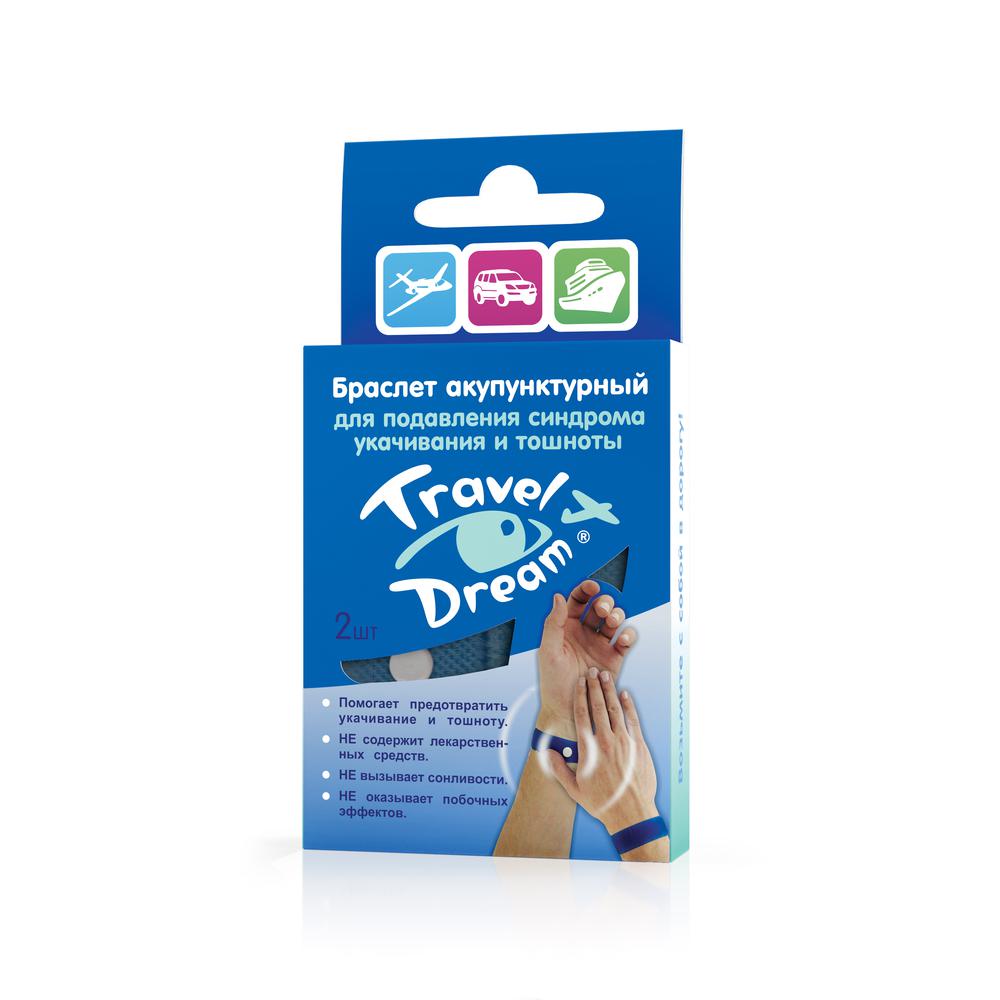
Travel Dream bracelets for acupressure pencil hand 2 pcs
$9.57
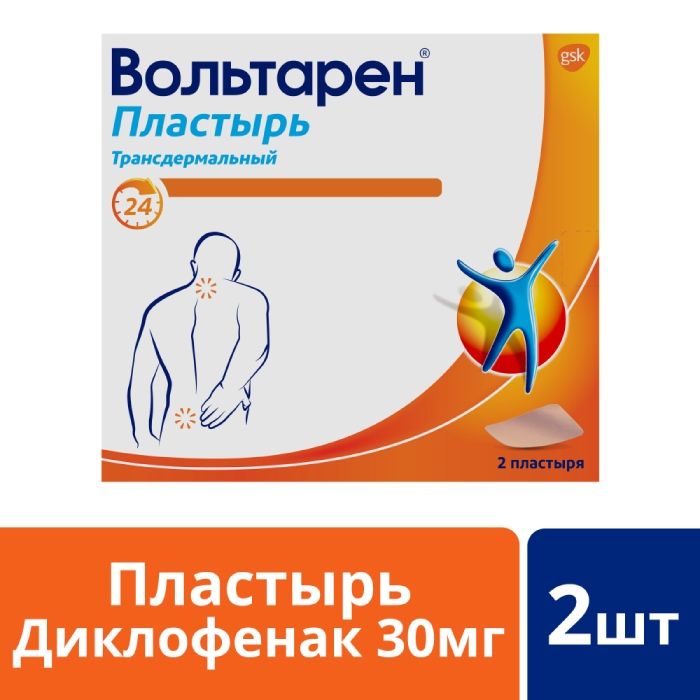
Voltaren patch transdermal therapeutic system 30mg / day 2 pc
$5.93
$2.07
Ketorolac solofarm-injection 30 mg / ml 1 ml ampoules. 10 pieces
SKU: 357490190 Categories: Joints and muscles, Medicaments, Pain and inflammation Tags: ampoule, Grotex Ltd.
Description
Composition
Active substance:
1 ml of the preparation contains
Ketorolac tromethamine 30 mg.
Excipients:
Propylene glycol 400.00 mg
95% ethanol 115.00 mg
Sodium chloride 4.35 mg
Disodium edetate dihydrate (Trilon B) 1.00 mg
Octoxynol 10 (Triton® X-100) 0.07 mg of 1 M sodium hydroxide solution to pH 7.0-8.0
Water for injections to 1 mL.
Description:
Clear, colorless or slightly colored liquid.
Product form:
Solution for intravenous and intramuscular administration of 30 mg / ml.
To 1 ml ampoules made of colored glass. 5 or 10 vials in blisters of PVC film and a polymer film, with or without a polymer film, or in (prefabricated) form of cardboard with cells for stacking ampoules.
1 the contour cellular packaging made of cardboard or form with 10 ampoules or blisters 2 or shapes from a cardboard of 5 ampoules together with instructions for use and a lancet ampulnam or without pricking the ampoule in a stack of cardboard.
Contraindications
Hypersensitivity to any component of the formulation; – anamnestic data fit bronchial, rhinitis, urticaria, after receiving aspirin or other NSAIDs (full or partial combination of asthma, nasal polyposis, and paranasal sinuses and intolerance to acetylsalicylic acid and other NSAIDs); – hypovolemia (regardless of its cause); – erosive and ulcerative lesions of the gastrointestinal tract in the acute stage, peptic ulcers, bleeding or a high risk of their development, hypocoagulation (including haemophilia), inflammatory bowel disease (Crohn’s disease, ulcerative colitis); – severe hepatic failure or active liver disease; – severe renal impairment (serum creatinine> 700 umol / L), a progressive kidney disease; confirmed hypokalemia; – decompensated heart failure, a condition after coronary artery bypass surgery; – the preparation is not used for pain before and during the surgery because of the high risk of bleeding; – intracranial bleeding or suspicion of it; – confirmed by hyperkalemia; – pregnancy, childbirth, breastfeeding; – Children up to age 16 years (effectiveness and safety have been established).
Carefully
Hypersensitivity to other NSAIDs, bronchial asthma, the presence of factors that increase the toxicity to the gastrointestinal tract (alcoholism, smoking, cholecystitis); the postoperative period; Chronic heart failure (CHF), coronary heart disease (CHD), edematous syndrome, arterial hypertension; renal failure moderate (serum creatinine 300-700 micromol / l); cholestasis; sepsis; systemic lupus erythematosus; concomitant use with other NSAIDs, long-term use of NSAIDs; cerebrovascular diseases; dyslipidemia, hyperlipidemia, diabetes mellitus; peripheral artery disease; ulcerative lesions of the gastrointestinal tract in history, the presence of H. pylori infection; severe somatic diseases; systemic connective tissue disease; inflammatory bowel disease without exacerbation; simultaneous reception of oral glucocorticosteroid agents (including prednisone), anticoagulants (including warfarin), antiplatelet agents (including clopidogrel), selective serotonin reuptake inhibitors (including citalopram, fluoxetine, paroxetine, sertraline), advanced age ( 65).
Dosage
30 mg / ml
Indications
Pain syndrome strong to moderate severity: trauma, dental pain, postoperative pain, cancer, myalgia, arthralgia, neuralgia, lumbago, sprains, strains, rheumatic disease. It is intended for symptomatic therapy, reduce pain and inflammation at the time of application, the progression of the disease is not affected.
Interaction with other drugs
Concomitant use of ketorolac with other NSAIDs, corticosteroids, ethanol, corticotropin, calcium supplementation increases the risk of ulceration of the mucous membrane of the gastrointestinal tract and of the gastro-intestinal bleeding.
The simultaneous use of paracetamol enhances nephrotoxicity ketorolac methotrexate increases hepato- and nephrotoxicity. Do not use simultaneously with paracetamol for more than 2 days. The combined use of ketorolac and methotrexate only possible by using low doses of the latter and control its concentration in blood plasma. In the appointment of other nephrotoxic drugs (including gold preparations) increases the risk of nephrotoxicity.
Probenecid reduces the plasma clearance and volume of distribution of ketorolac increases its concentration in blood plasma and increases its half-life period.
Concomitant use with anticoagulants – indandiol coumarin derivatives and heparin, thrombolytics (alteplase, streptokinase, urokinase), antiplatelet drugs, cephalosporins, valproic acid and acetylsalicylic acid increases the risk of bleeding.
Reduces the effect of antihypertensive and diuretic drugs (prostaglandin synthesis decreases in the kidneys).
Drugs that block tubular secretion, reduce ketorolac clearance and increase its concentration in blood plasma.
When combined with the opioid analgesic doses of the latter may be significantly reduced.
Increases hypoglycemic effect of insulin and oral hypoglycemic agents (requires recalculation of the dose). Increases plasma concentrations of nifedipine and verapamil.
Myelotoxic drugs increase the expression gematotoksichnosti drug.
Not recommended simultaneous application with lithium salts, pentoxifylline, zidovudine, digoxin, tacrolimus, selective serotonin reuptake inhibitors, antacids, mifepristone.
The drug can not be mixed in the same syringe with morphine sulfate, meperidine hydrochloride, promethazine hydrochloride, hydroxyzine hydrochloride or (ketorolac precipitates out of solution). Pharmaceutically compatible with the solution of tramadol preparations lithium.
Overdose
Symptoms: abdominal pain, nausea, vomiting, erosive and ulcerative lesions of the gastrointestinal tract, renal dysfunction, metabolic acidosis.
Treatment: There is no specific antidote, it is recommended gastric lavage, administration of adsorbents (activated charcoal) and symptomatic therapy (maintenance of the vital functions of the body). Ketorolac does not appear sufficiently by dialysis.
pharmachologic effect
Pharmacological group:
Nonsteroidal anti-inflammatory drug.
ATC code: M01AV15.
Pharmacodynamics:
Ketorolac relates to nonsteroidal anti-inflammatory drugs (NSAIDs) has a strong analgesic effect also possesses anti-inflammatory and antipyretic action moderate. The mechanism of action is related to non-selective inhibition of cyclooxygenase 1 (COX-1) and cyclooxygenase 2 (COX-2), which catalyzes the formation of prostaglandins (Pg) from arachidonic acid, which play an important role in the pathogenesis of pain, inflammation and fever. Ketorolac is a racemic mixture of [-] S and [+] R enantiomers with the analgesic effect is due to [-] S shape. By the force of analgesic effect comparable to morphine, far exceeds that of other NSAIDs. Starting analgesic effect observed after 0.5 hour, the maximum effect is achieved after 1-2 hours and lasts for about 4-6 hours.
Pharmacokinetics:
Suction
Bioavailability – full and fast. Following intramuscular administration of 30 mg maximum concentration (Cmax) – 1,74-3,1 micrograms / ml, 60 mg – 3,23-5,77 g / ml, the time to reach maximum concentration (TCmax) – 15-73 min and 30 -60 min, respectively. After intravenous administration of 15 mg Cmax is 1,96-2,98 g / ml, 30 mg – Cmax is 3,69-5,61 g / ml.
Distribution
Relationship to plasma proteins – 99%. achieve equilibrium concentration (CSS) – 24 hours,
CSS is by intramuscular administration of 15 mg four times a day – 0,65-1,13 g / ml, 30 mg – 1,29-2,47 g / ml.
The volume of distribution – 0,15-0,33 l / kg. In patients with renal insufficiency volume of distribution of ketorolac can be increased by 2 times, and the volume of distribution of its R-enantiomer – 20%.
Enters the breast milk: After administration of 10 mg of ketorolac Cmax in the milk is achieved in 2 hours and is 7.3 ng / ml after 2 hours after the second dose of ketorolac (using formulation 4 times a day) – 7.9 ng / l.
Metabolism
More than 50% of the dose is metabolized in the liver to produce pharmacologically active metabolites. The major metabolites are glucuronides that are excreted by the kidneys, and p-gidroksiketorolak. Is displayed on the kidneys 91%, 6% – through the intestine.
breeding
The half-life (T1 / 2) in patients with normal renal function, on average 5.3 h (3,5-9,2 hours after intramuscular injection of 30 mg). T1 / 2 is increased in elderly patients and decreases in young. liver function has no effect on the T1 / 2. Patients with impaired renal function in a plasma creatinine concentration of 19-50 mg / l (168-442 micromol / L) T1 / 2 is 10,3-10,8 h, more renal failure – over 13.6 hours. Total clearance after intramuscular administration of 30 mg of 0,023 l / h / kg, with intravenous injection of 30 mg – 0.03 l / kg / h.
Ketorolac does not appear in hemodialysis.
Pregnancy and breast-feeding
Do not take the medication during pregnancy (adverse effects on the cardiovascular system of the fetus – premature closure of ductus arteriosus), during labor, in the early postpartum period (inhibits the synthesis of prostaglandins, the drug may adversely affect fetal circulation and reduce uterine activity, which increases risk of uterine bleeding) and during breast feeding (the drug enters the breast milk). If necessary, use during lactation should stop breastfeeding.
Conditions of supply of pharmacies
Prescription.
side effects
According to the World Health Organization (WHO) Adverse events classified in accordance with their frequency of as follows: very frequent (> 10%), frequent (> 1% and 0.1% and 0.01%, and
Allergic reactions: infrequent – anaphylaxis or anaphylactoid reaction (change in skin color, skin rash, hives, itchy skin, tachypnea and dyspnea, edema of the eyelids, periorbital edema, dyspnea, wheezing, chest severity).
Local reactions: often – a burning sensation or pain at the injection site.
Central nervous system: very often – headache; frequent – dizziness, somnolence, increased sweating; infrequent – tremor, abnormal dreams, hallucinations, euphoria, extrapyramidal symptoms, vertigo, paresthesia, depression, insomnia, nervousness, abnormal thinking, loss of concentration of attention, hyperkinesia, dizziness (stupor), aseptic meningitis (fever, severe headache, convulsions, stiffness in the neck muscles and / or back), psychosis, fainting.
For the skin: often – itching, rash (including maculopapular rash); infrequent – urticaria, toxic epidermal necrolysis (Lyell’s syndrome), malignant exudative erythema (Stevens-Johnson syndrome), exfoliative dermatitis (fever, chills or without hyperemia, sealing or peeling skin, increase and / or tenderness of the tonsils).
From the urinary system: Infrequent – hematuria, proteinuria, urinary retention, oliguria, polyuria, frequent urination, acute renal failure, back pain with or without hematuria and / or azotemia, interstitial nephritis, hyponatremia, hyperkalemia, gemolitikouremichesky syndrome (hemolytic anemia, renal failure, thrombocytopenia purpura).
From the digestive system: very often – gastralgia, dyspepsia, nausea; frequent – diarrhea, constipation, bloating, feeling of fullness, vomiting, stomatitis; Infrequent – increased or decreased appetite, anorexia, erosive and ulcerative lesions of the gastrointestinal tract (including perforation and / or bleeding – abdominal pain, cramping or burning sensation in the epigastric region, blood in the stool or melena, vomiting blood or type “coffee ground”, nausea, heartburn), cholestatic jaundice, hepatitis, hepatomegaly, acute pancreatitis, polydipsia, dry mouth; frequency is unknown – exacerbation of ulcerative colitis or Crohn’s disease.
From the side of hematopoiesis: frequent – purple; infrequent – anemia, eosinophilia.
The respiratory system: infrequent – bronchospasm or dyspnea, pulmonary edema, rhinitis, edema of the larynx (shortness of breath).
From the senses: infrequent – taste disturbances, visual disturbances (including blurred vision), hearing loss, ringing in the ears.
With the cardiovascular system: often – increased blood pressure; infrequent – palpitations, pale skin, fainting, flushing; frequency is unknown – blood pressure, heart failure, myocardial infarction, stroke.
On the part of the hemostatic system: Infrequent – bleeding from surgical wounds, nosebleeds, rectal bleeding.
Other: often – swelling; infrequent – weight gain, fever, infection, asthenia, sweating, edema language; the frequency is unknown – increased concentration of urea and creatinine in the blood plasma.
special instructions
Before the appointment of the drug is necessary to clarify the question of prior allergy to ketorolac or other NSAIDs. Because of the risk of allergic reactions, the first dose is carried out under the close supervision of a physician.
Hypovolemia increases the risk of nephrotoxic adverse reactions.
If necessary, can be used with opioid analgesics.
Not recommended for use as an agent for sedation, maintain anesthesia.
When co-administered with other NSAIDs may experience fluid retention, cardiac decompensation, increased blood pressure.
The risk of complications increases medicinal elongational treatment (in patients with chronic pain) and increasing doses of the drug.
To reduce the risk of NSAID-gastropathy used antacid drugs, misoprostol, omeprazole.
The effect on the ability of control of vehicles and mechanisms
During the period of treatment must be careful when driving vehicles and activities potentially hazardous activities that require high concentration and psychomotor speed reactions.
Storage conditions
Store at a temperature not higher than 25 C. Keep out of reach of children.
Dosing and Administration
Intramuscularly, intravenously.
The drug is intended for short term use.
The drug is administered intravenously for at least 15 seconds or intramuscular slow, deep gluteal muscle in minimally minimally effective doses, short-course. If necessary, can be further applied simultaneously with opioid analgesics in small doses.
Single doses Single dose: – patients 16 to 65 years of age and weighing more than 50 kg – 60 mg (2 ml) was intramuscularly or 30 mg (1 ml) intravenously; – Patients over 65 years of age or with renal impairment (serum creatinine 170-442 micromol / L) or weighing less than 50 kg – 30 mg (1 ml) was intramuscularly or 15 mg (0.5 ml) intravenously.
. Repeated-Dose: – patients 16 to 65 years of age and weighing more than 50 kg – 30 mg (1 ml) was intramuscularly or intravenously as necessary every 6 hours maximum daily dose should not exceed 90 mg (3 ml); – Patients over 65 years of age or with renal impairment (serum creatinine 170-442 micromol / L) or weighing less than 50 kg – 15 mg (0.5 ml) intramuscularly or intravenously as necessary every 6 hours maximum daily dose will not. must exceed 60 mg (2 mL).
The maximum duration of treatment should not exceed 2 days. When changing from parenteral administration for oral administration of the total daily dose in both formulations translation day should not exceed 90 mg for patients up to 65 years and 60 mg for patients over 65 years of age or with renal failure, or weighing less than 50 kg. At this dose tablets per day transition should not exceed 30 mg.
Information
Appearance may differ from that depicted in the picture. There are contraindications. You need to read the manual or consult with a specialist
Additional information
| Weight | 0.100 kg |
|---|---|
| Manufacturer | Grotex Ltd. |

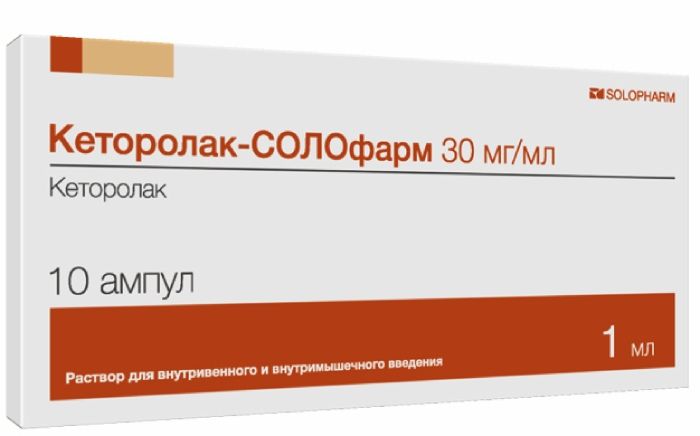

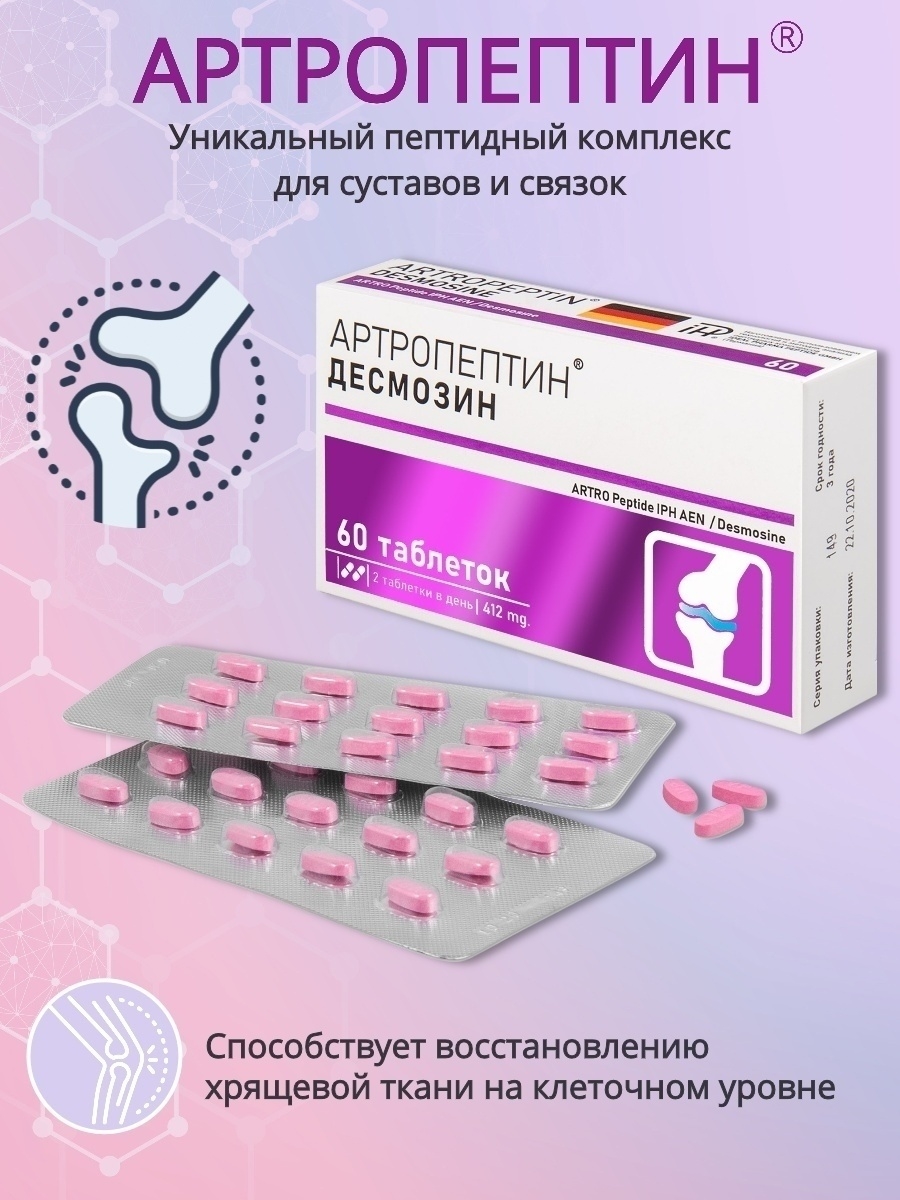
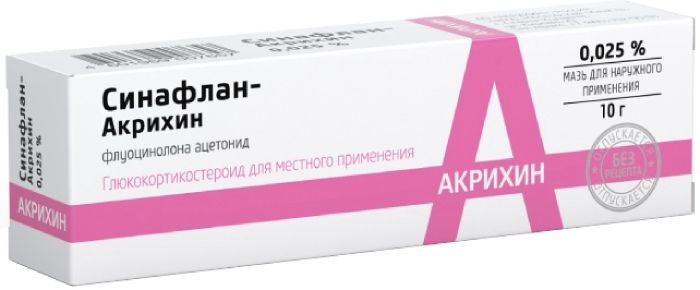
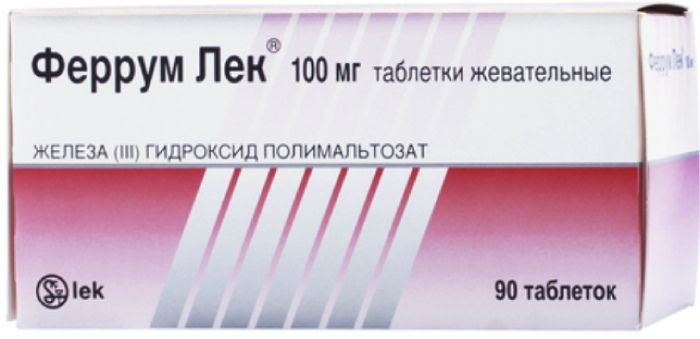
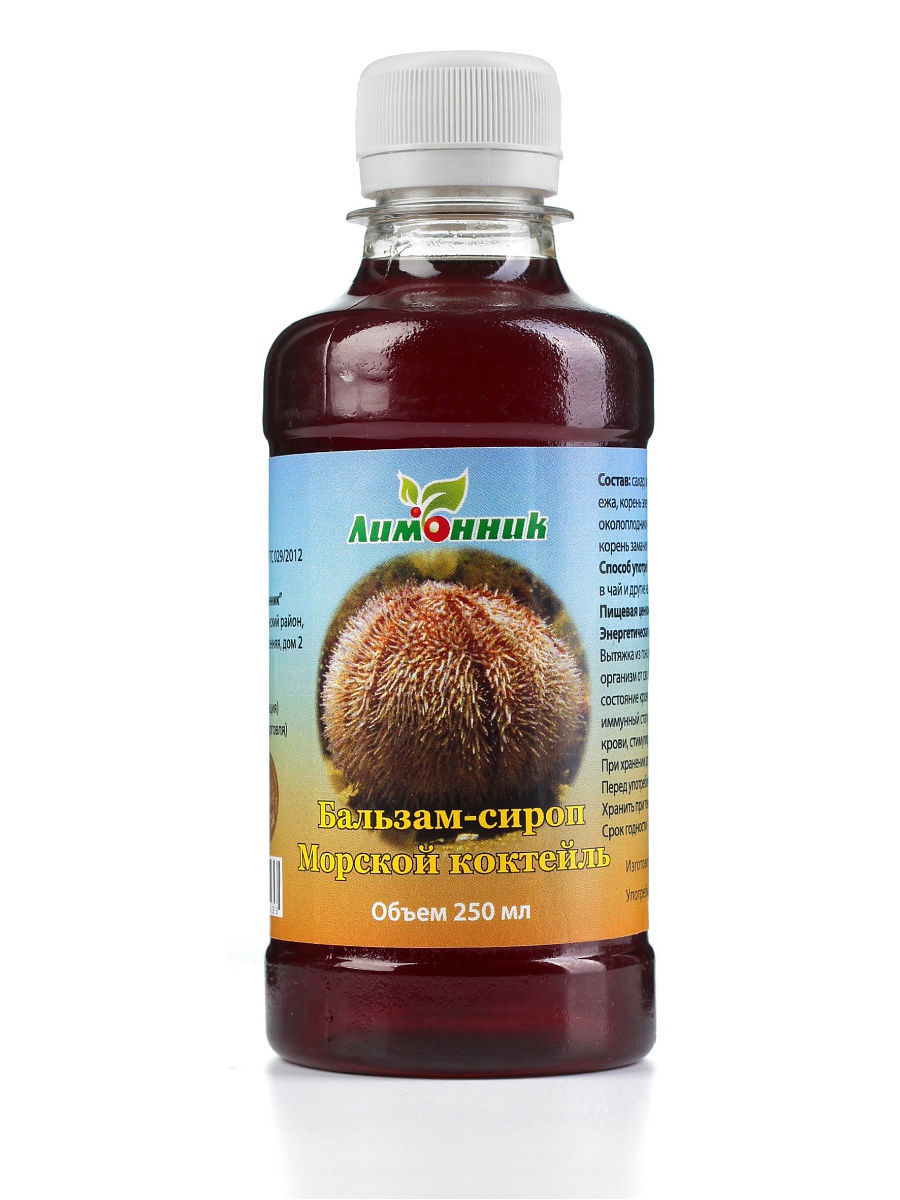





There are no reviews yet.